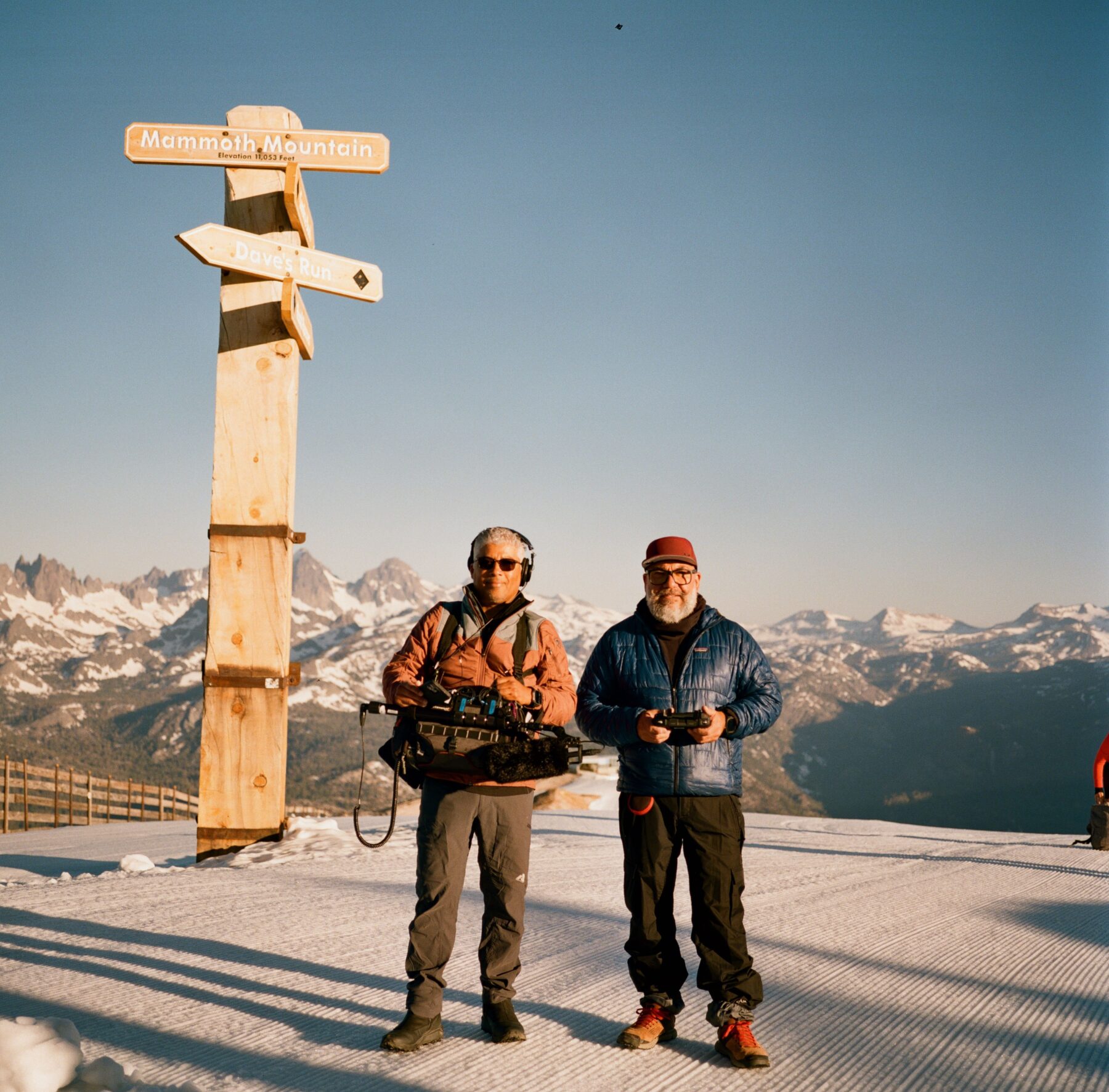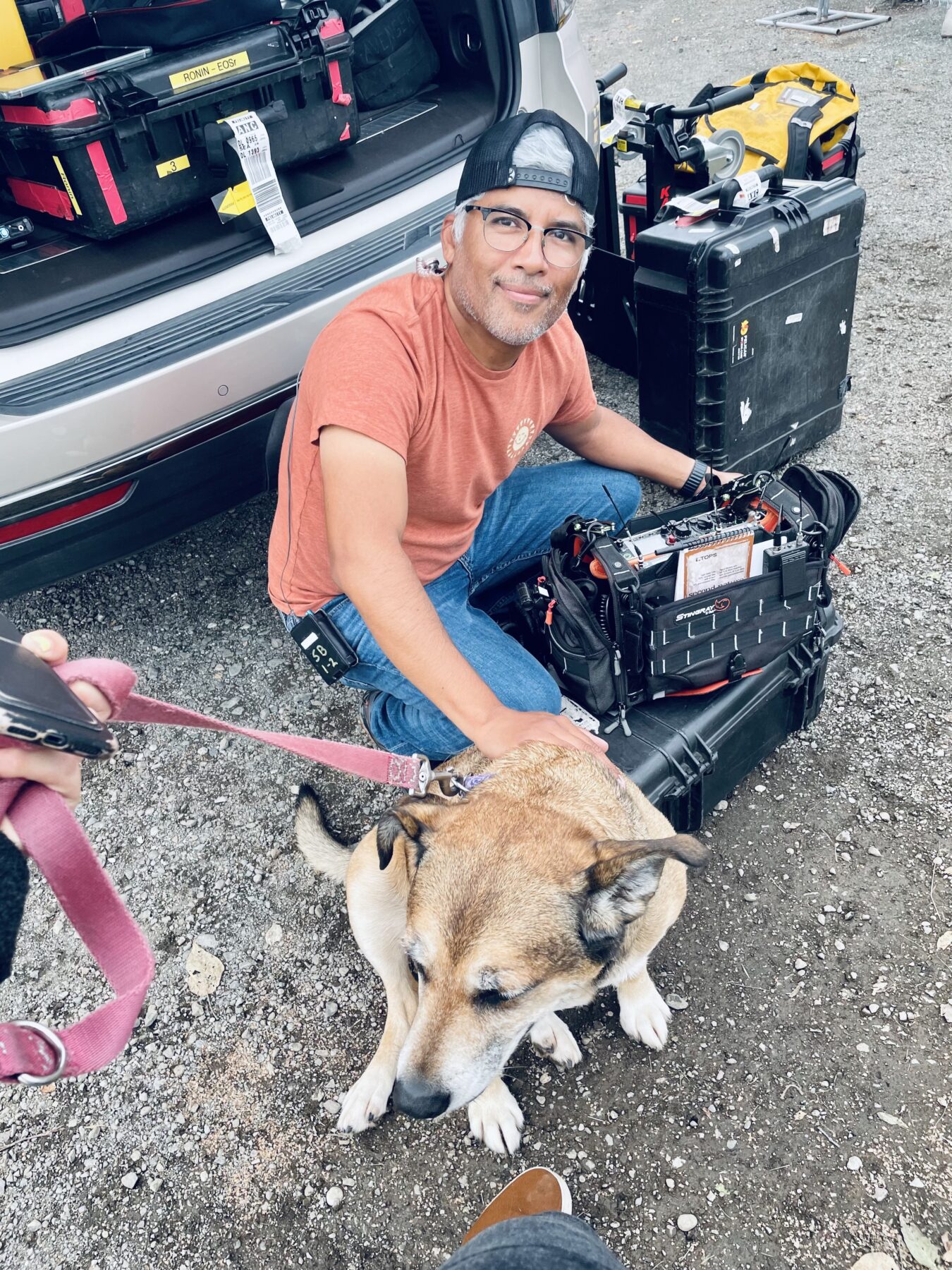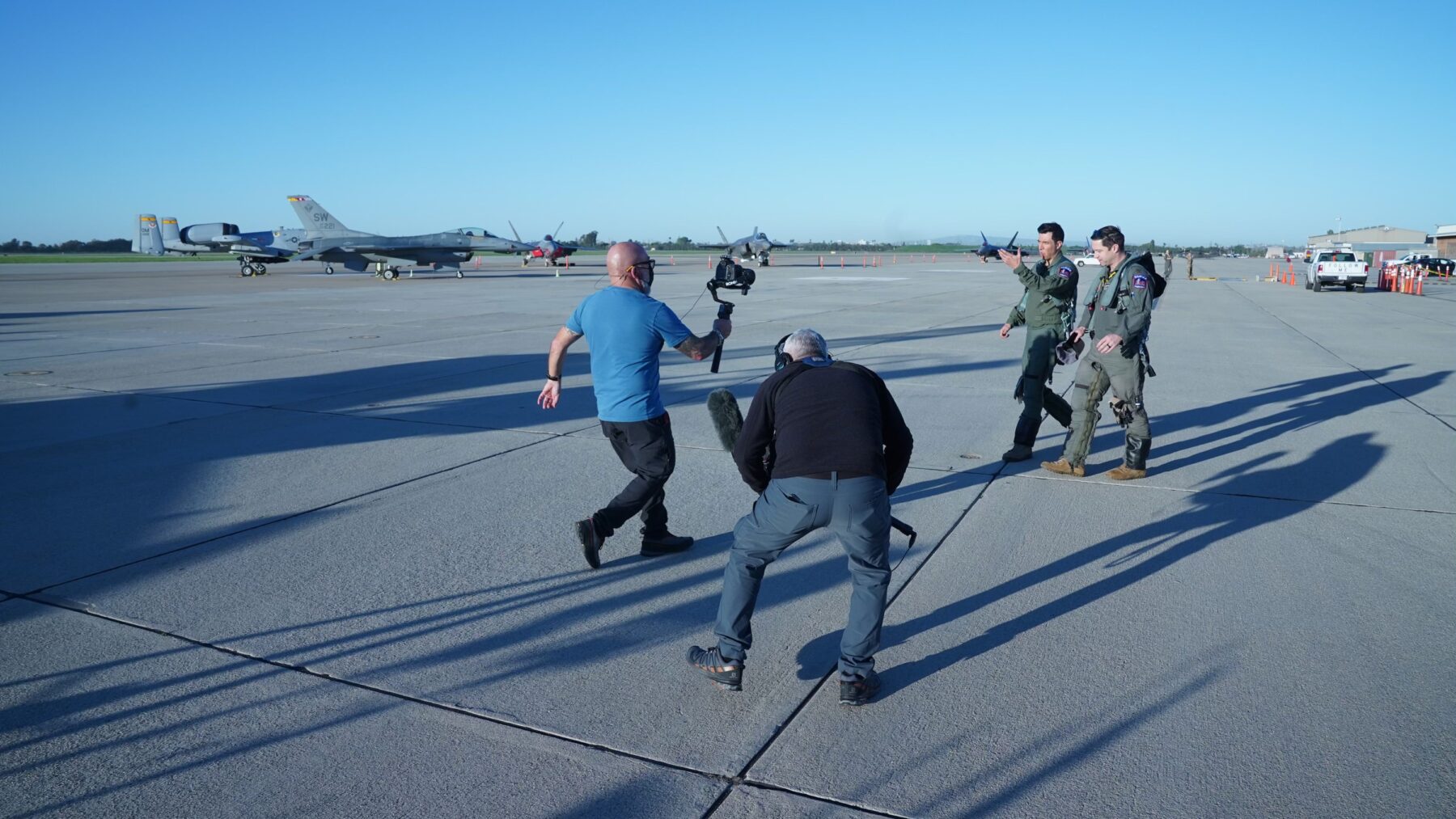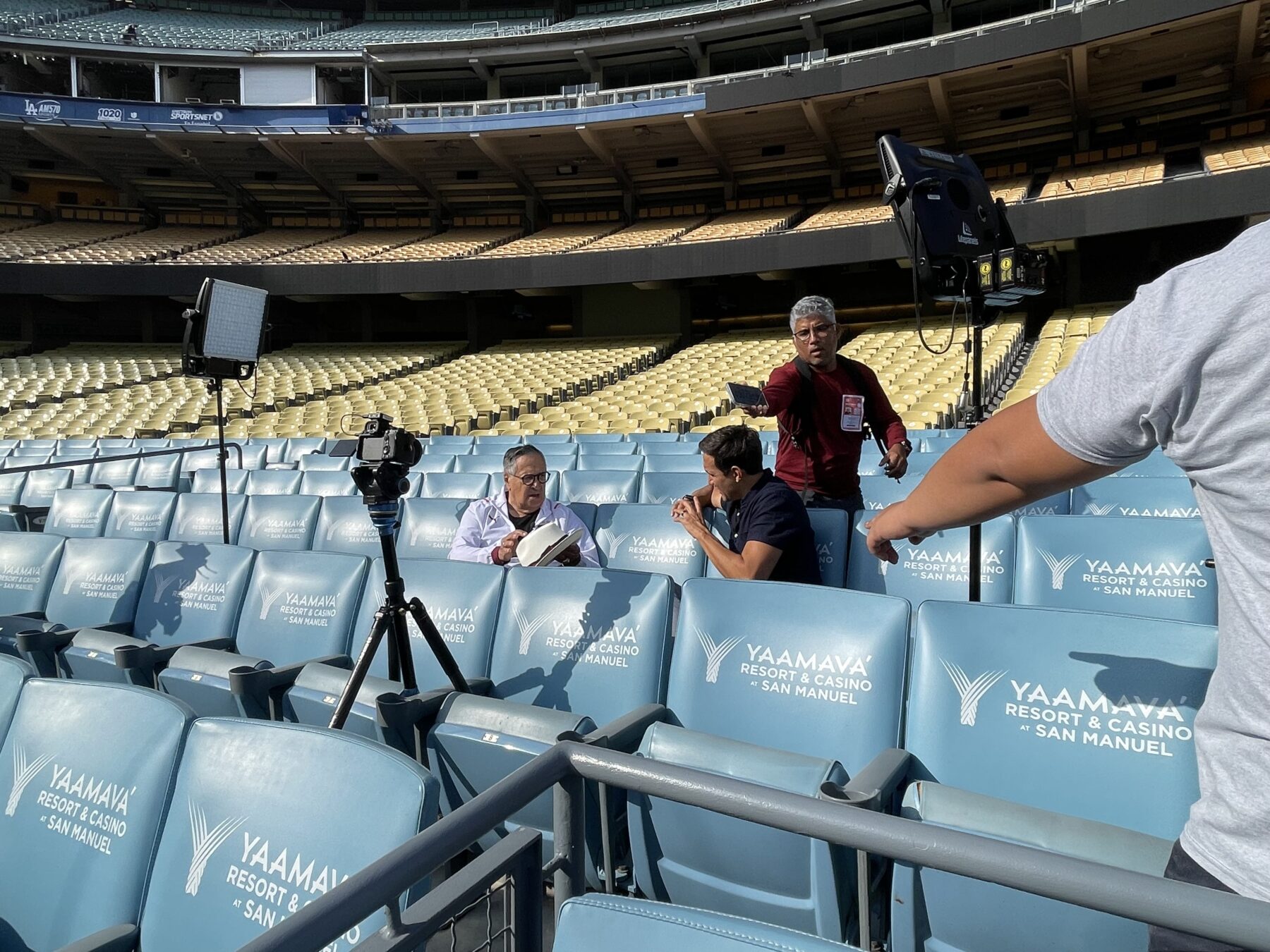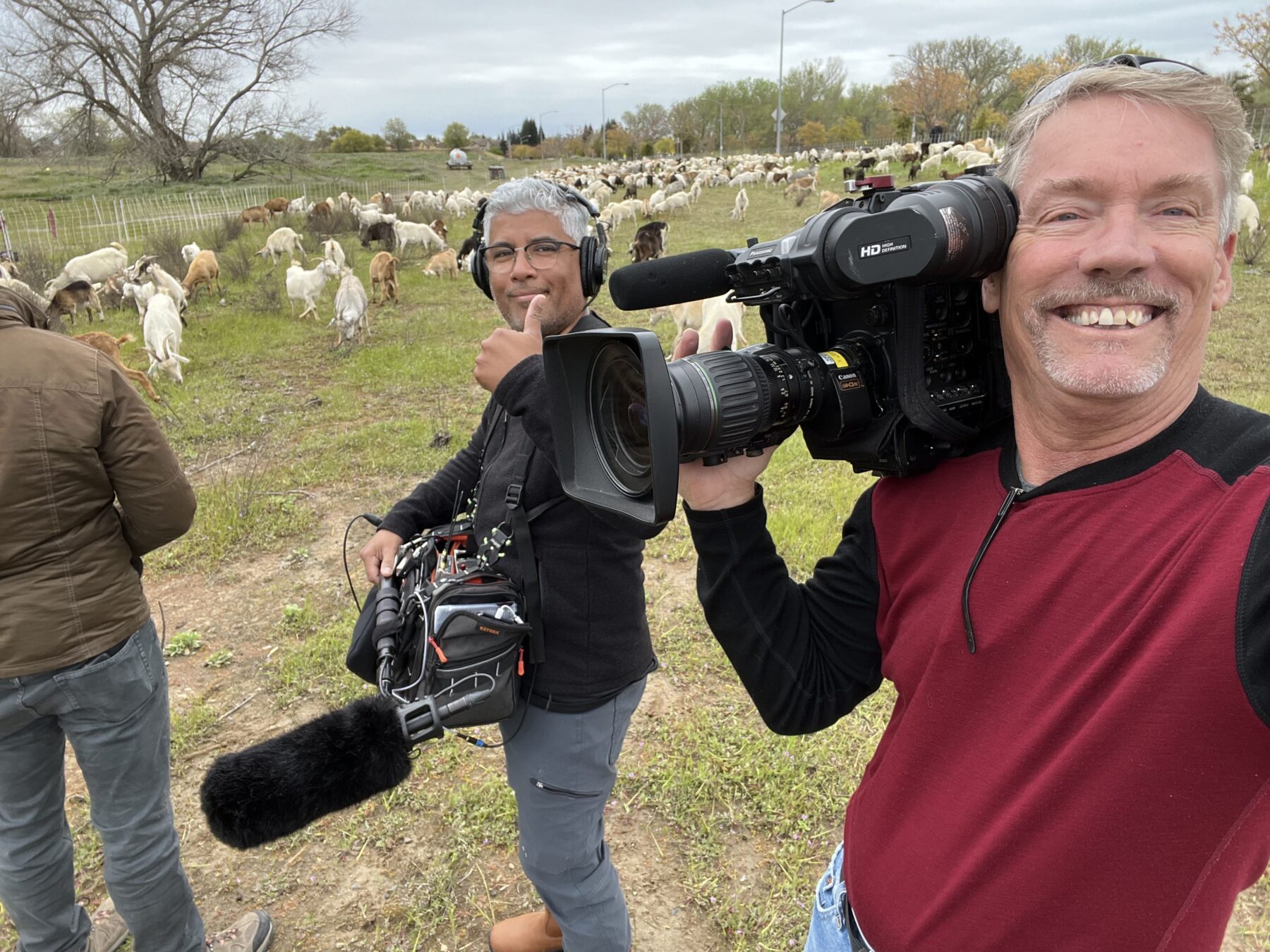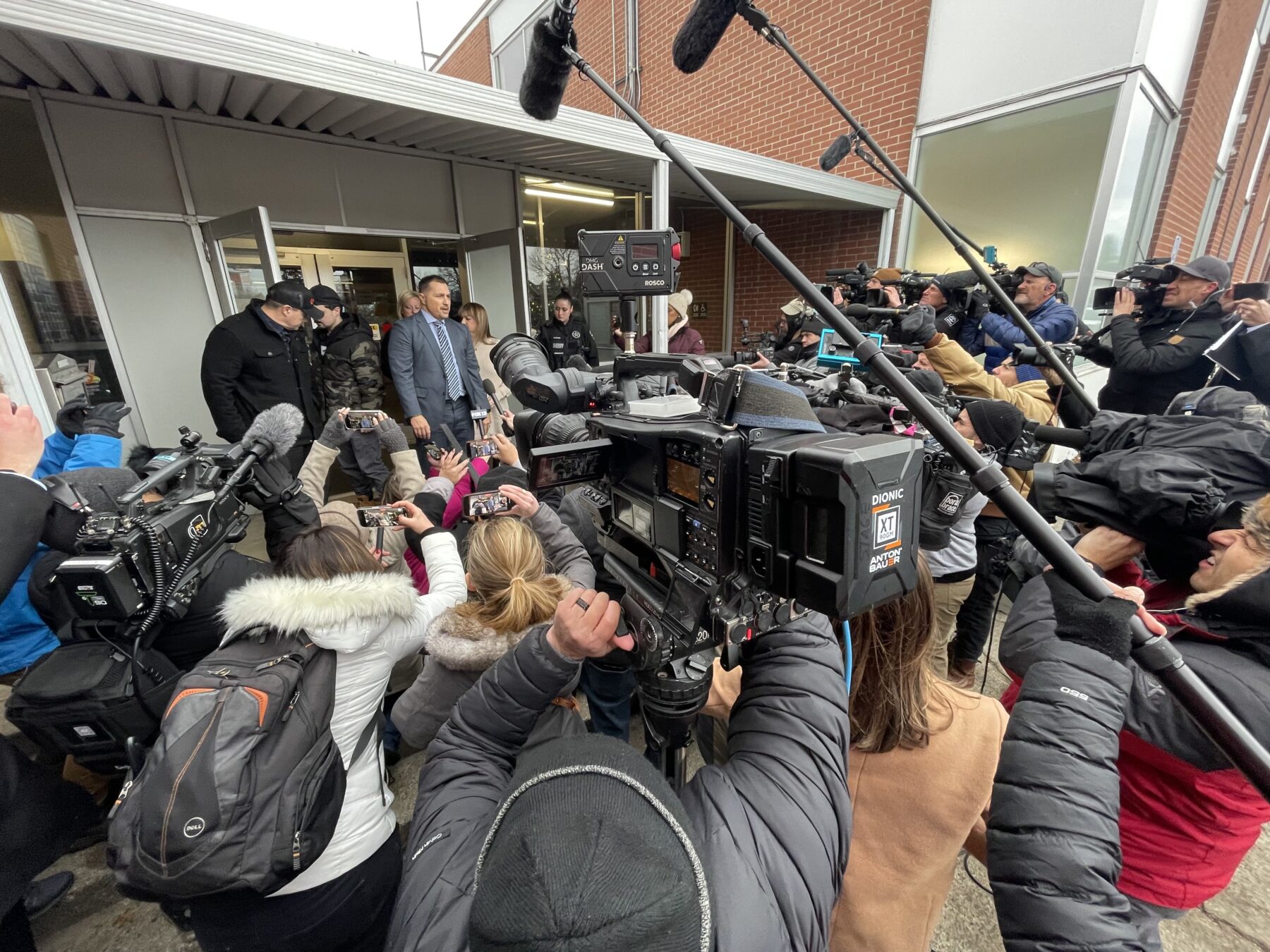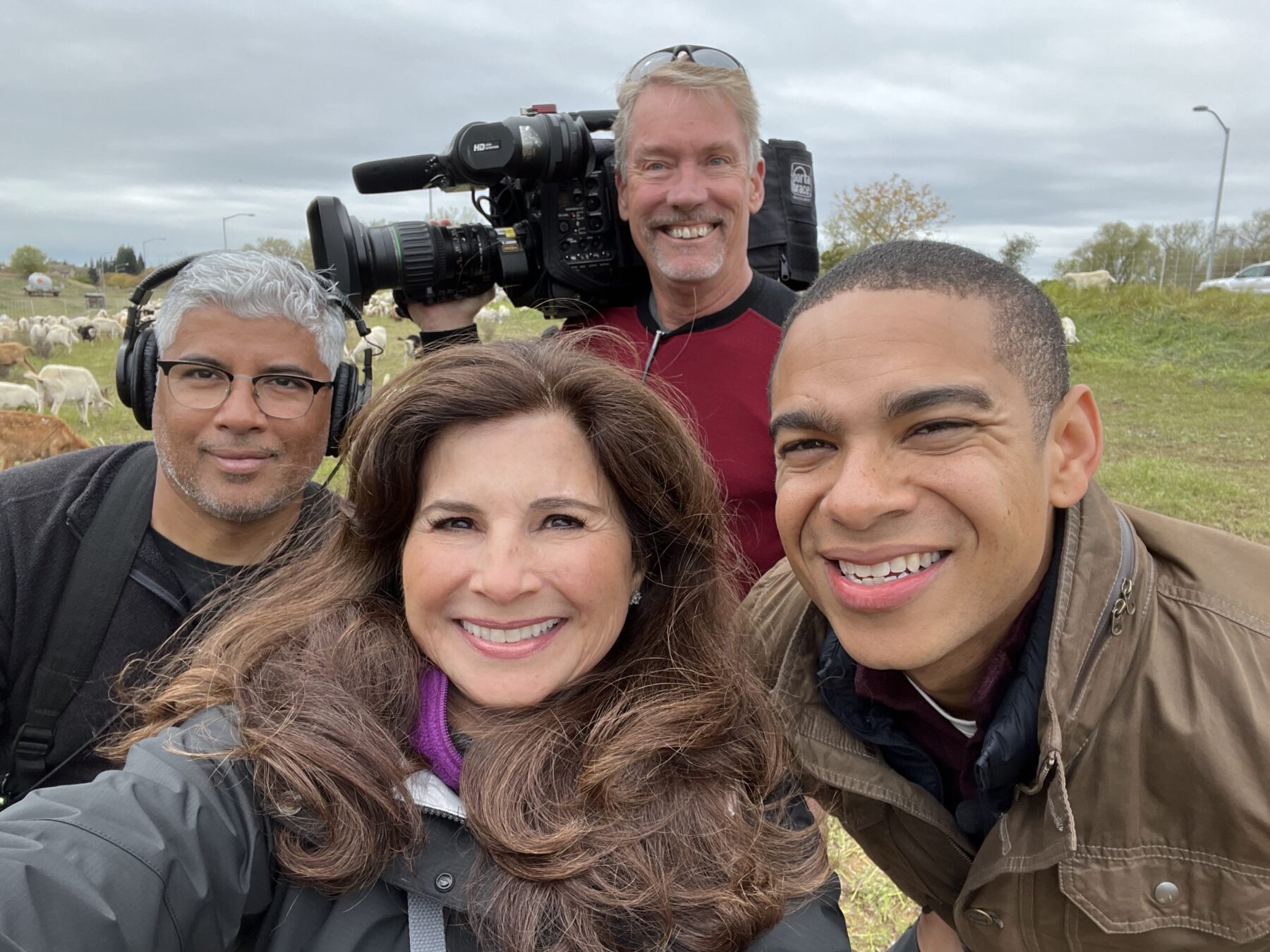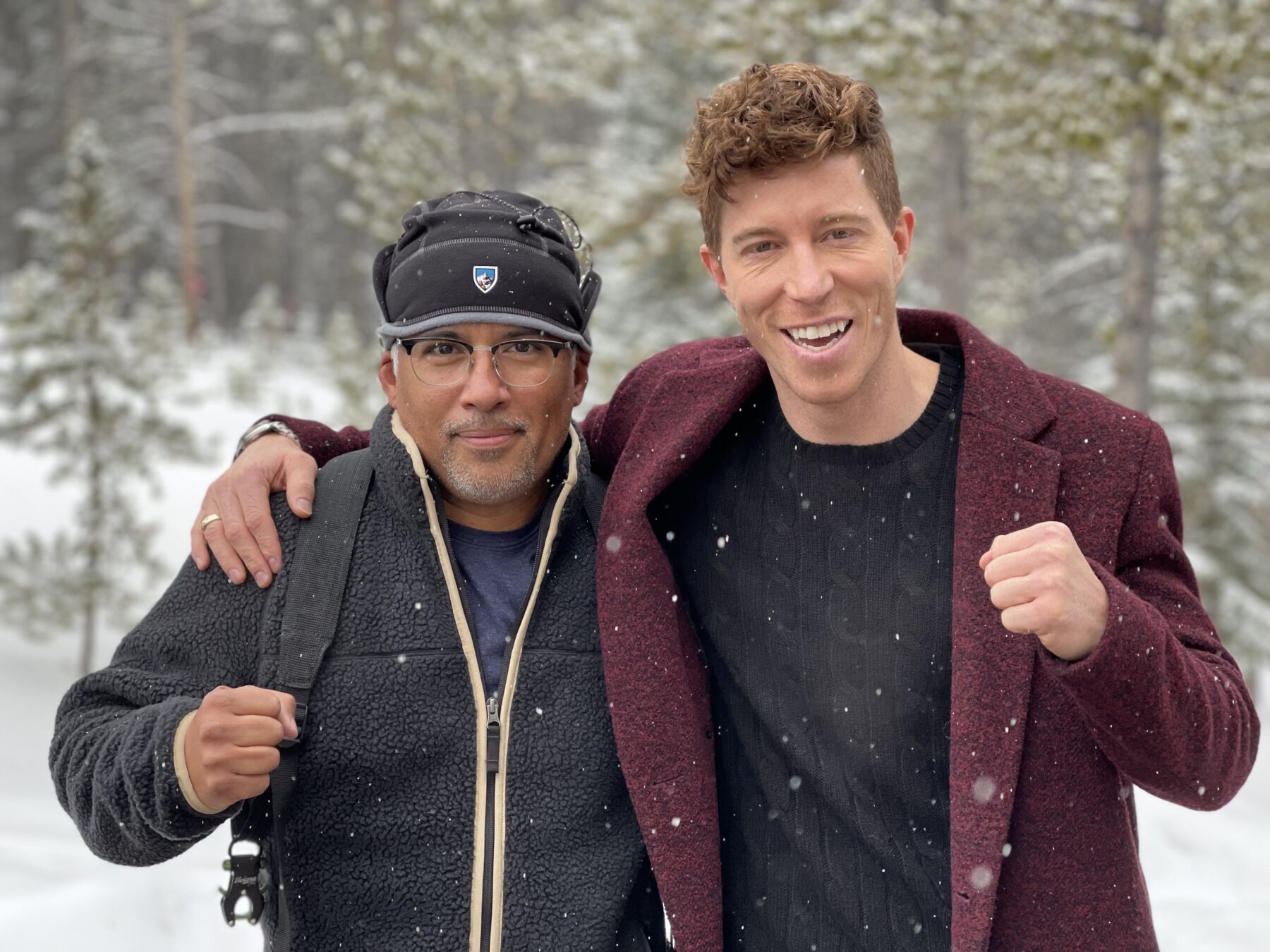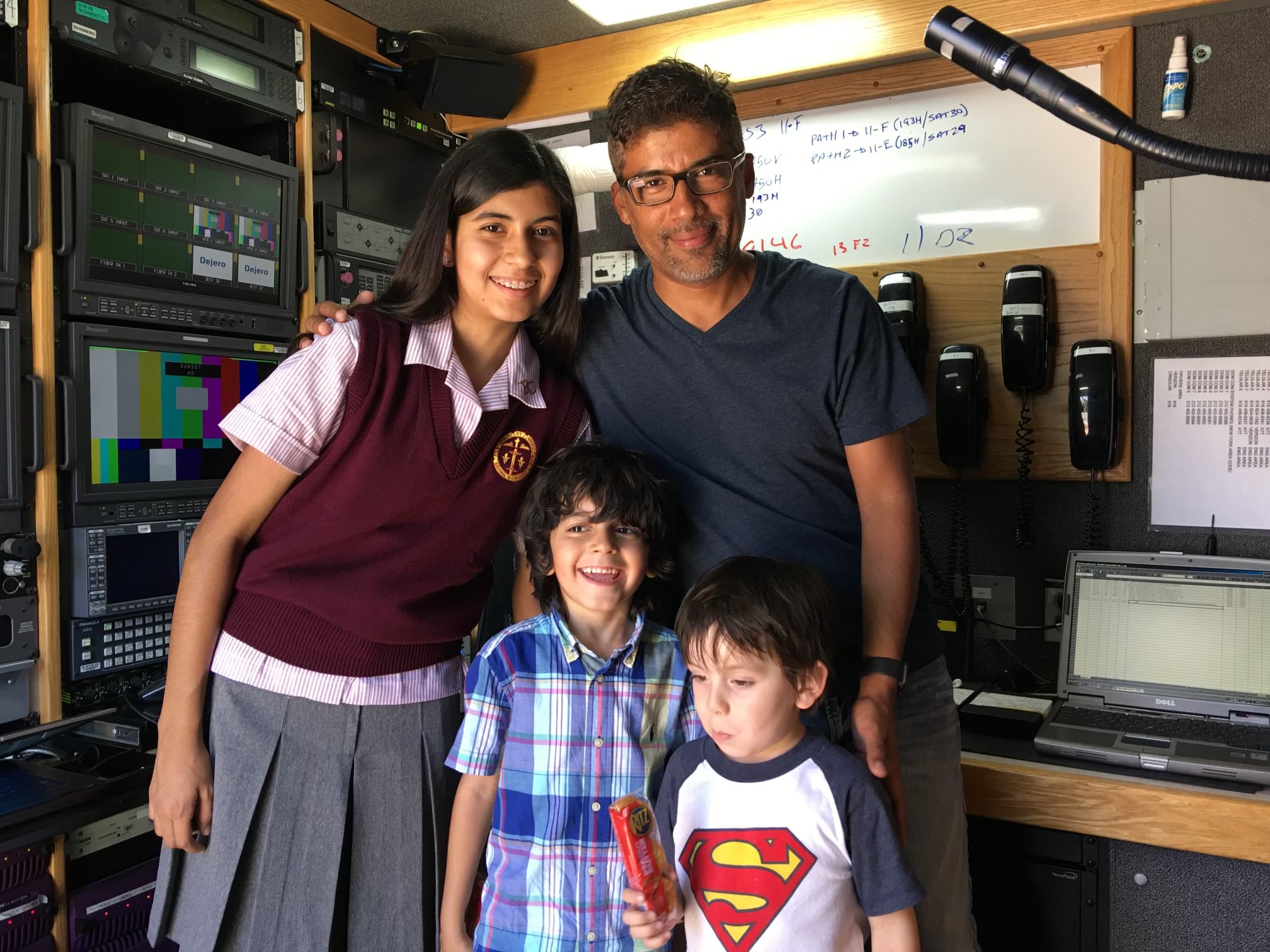Television news is a visual medium, but so much of the storytelling relies on sound. Stories need to have an impactful spoken script, audible soundbites and strong natural sound to round it out.
“There’s a 3D aspect to it,” said Ramon Lupercio, a Los Angeles-based audio field engineer for NBC News. “People get sucked into the television they want to hear.”
Lupercio started his career with NBC News in 2006 as a union courier. He said he worked his way up to audio engineer by asking questions of colleagues, reading instructions and tutorials, and most importantly, getting hands-on time with the equipment.
Watch the video above to learn more about his job, and read below for his field advice and audio tips. Comments have been lightly edited for brevity.
What kinds of microphones do you use?
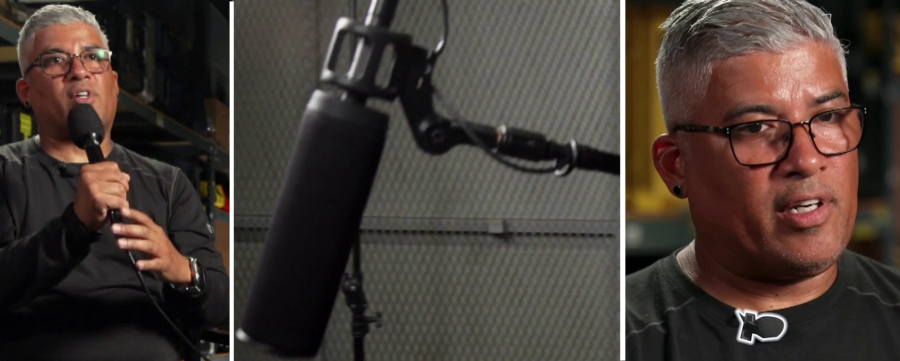
Lavalier microphones are a great tool. This is an omnidirectional microphone, so if it’s close to your mouth, you will get great audio. The only issue is that you have to make sure you don’t get too much background noise. These are great when we use wireless packs because the talent can move when you’re doing live hits the whole day.
We also have shotgun microphones on the camera. The audio quality is not as good, but if we get any sound to complement the visual, it’s a great tool. It’s a directional microphone, so it cuts background noise by design.
We also have a boom microphone. I mostly use it to get sounds when I have to get in close. We use it for person-on-the-street interviews. I use this to get the voice of a person when we ask questions.
Last, we have hand-held microphones. This is like a tank. We use it when it’s raining and when people are talking around you. It confines to your voice. We only use it when we need to. If we use it during a hurricane, we’ll put it inside a plastic bag, tape it up and make sure it stays dry. From time to time, we’ll take off the filter and we’ll wring it out and put it back on again.
What is in the mixer pack that you carry around?
I have a Sound Devices 833, with six inputs for six sources of audio. I can control volumes for background noise, and you can record, add timecode information and put a wireless system in it. It’s a routing device for the different audio sources to get into the camera.
How do you prepare for an assignment?
First, I check with the camera person and then contact the producer and make sure we’re going to fill up the needs of the shoot— plan your travel, what kind of clothes you need. It’s a whole calendar you need to work with.
Every time we have a shoot, I get a little anxious, so I start asking myself questions. How many people? How many mics? What are we doing? Are we going outside? Are we doing this inside? Is there an echo? Do I have to worry about being in a big building with big windows with outside audio coming in?
I want to make sure I go there and check everything before we do our shoot, because the last thing you want is to be troubleshooting something when you’re doing an interview.
How do you collaborate with photojournalists on the team?
We become a very close team; we all have to work together. If the camera person has to worry about the audio, that’s going to take attention away from their shoot. We’ll work with each other and we’re watching out for each other, especially when it’s breaking news.
We are an extra pair of eyes when we’re on the field. When you go solo to a story, you put yourself at greatest risk, and you do less because you have to do the whole newsgathering function by yourself. If you’re not worrying about getting audio to the camera, you can do more amazing things with the camera.
What’s your advice for students interested in going into audio engineering?
If I had to start again, I would look into a broadcasting school for audio and video. I would go with pro-consumer items and I would get a manual of the mixer to see how it works. At bare minimum, get a microphone, a recorder, a cheap mixer and any camera that takes audio.
Also, start looking up how crews do their assignments. Because we’re on the streets, you can see how we do stuff. I’d also look at the internet — there are a lot of resources online about audio work.


